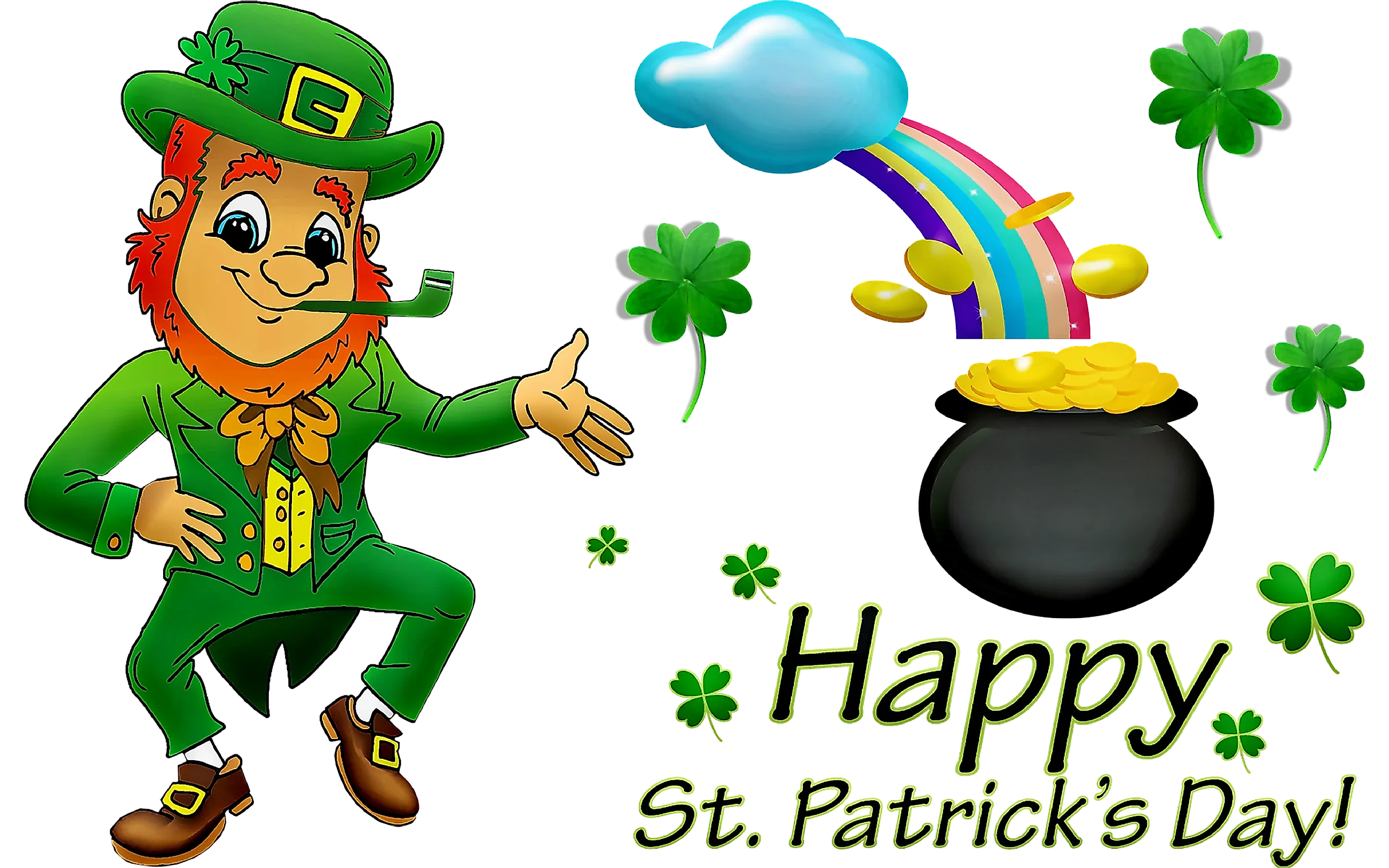
What Do Leprechauns Have To Do With Saint Patrick's Day?
The modern mind thinks of the leprechaun as the tiny, old green man on the Lucky Charms cereal box or the star of the film "Leprechaun in the Hood." A leprechaun is a mythical miniature man whose tales have been told in Irish oral stories for centuries. Irish folktales describe the leprechaun as a crotchety, solitary but mischievous creature. Leprechauns were said to be shoemakers who stockpiled their profits in pots and hid them at the end of rainbows or scattered them around forests, mountains, or rocks.
Initially, the creature was red, but in the 20th century, everything Irish was associated with the green color, including leprechauns. Others believed that leprechauns turned green to blend with grass and leaves as a form of camouflage. The tiny mystical man remains elusive to date, and a repetitive faint hammering sound marks his presence. The poem "The Leprechaun" describes man’s fascination with the mystical creature as driven by greed, as many continue to believe that anyone who catches a leprechaun is entitled to his pots of wealth, including gold. Aside from the treasure he holds, it is believed that spotting a leprechaun is a sign of good luck. With the influx of Irish immigrants to places such as the United States, elements of Irish lore, including leprechauns, found new significance in festivities.
The question remains: what do they have to do with St. Patrick's Day? Leprechauns have become closely associated with this holiday primarily because they embody the whimsy and enchantment of Irish culture. Although they do not have a direct link to the religious origins of the holiday, these mischievous figures from Irish folklore have come to symbolize the spirit of celebration, luck, and heritage embraced every March 17th.
Saint Patrick’s Day gradually shifted from a solemn holy day into a more vibrant, inclusive celebration of the Irish identity. Leprechauns, along with shamrocks and the color green, became enduring symbols that embody that joyous revelry and cultural pride. Today, they adorn parade floats, inspire costumes, and appear on countless decorations, carrying the promise of good luck and hidden gold. While they may not reflect the religious roots of Saint Patrick’s Day, leprechauns nonetheless contribute to the holiday’s lively atmosphere and help preserve a part of Ireland’s mythic heritage.
Saint Patrick’s Day And Leprechauns
Leprechauns are associated with Saint Patrick’s Day because they both trace their history to Ireland. Saint Patrick’s Day is celebrated on March 17th to commemorate the day Saint Patrick, the patron saint of Ireland, died. There is no direct connection between Saint Patrick’s and leprechaun apart from the fact that they are both symbols of Ireland. Most people associate Saint Patrick’s Day with good deeds, drinking beer, making new friends, and participating in parades and festivals. Some people wear them to resemble leprechauns and attract children seeking blessings and good luck. Modern culture has conjoined leprechauns and Saint Patrick’s Day, and it is unlikely that the relationship will end soon.
Leprechauns In Popular Culture
The nature and image of leprechauns have changed over time and even “sanitized” for the modern audience. The mascot of breakfast cereal Lucky Charms, has helped improve the image of leprechauns. On the other side, the film "Leprechaun" created the image of a creature with bad intentions. In Ireland, leprechauns spur debate, but for most Americans, the creature only appears around Saint Patrick’s Day. Leprechauns offer a moral figure who warns against trying to get rich quickly by taking what is not rightfully yours at the expense of others.
Green Costume
It is customary to wear shamrocks and green clothing on Saint Patrick’s Day. Saint Patrick is believed to have used the shamrock to teach pagan Irish about the Holy Trinity, although there is no evidence to suggest that the shamrock was sacred to the locals. The history of the green color in Ireland traces back to the 11th century. According to Irish mythology, Goídel Glas, the ancestor of the Gaels, was saved from a snake bite by Moses’ staff. As a reminder, he retained a green mark for the rest of his life as he led his people to the land free of snakes.











